Porsche simulates hydrogen V8 for virtual Nordschleife run; 440 kW, 261 km/h, near-zero NOx
Green Car Congress
AUGUST 19, 2022
On the other hand, however, the lower exhaust gas temperatures result in a lack of energy for their propulsion on the exhaust side. Comparison of turbocharging systems. For clean combustion of hydrogen, the turbochargers have to, on the one hand, provide around twice as much air mass as they do in gasoline engines.

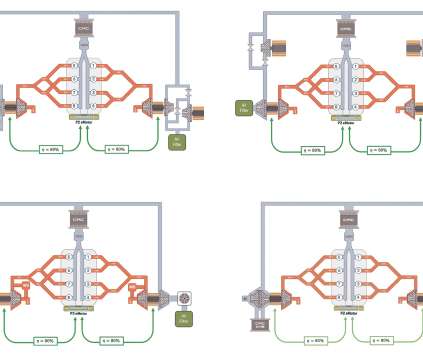
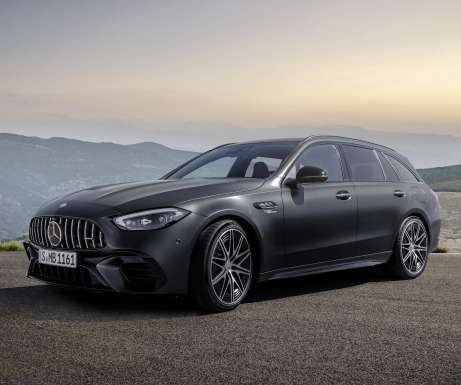
















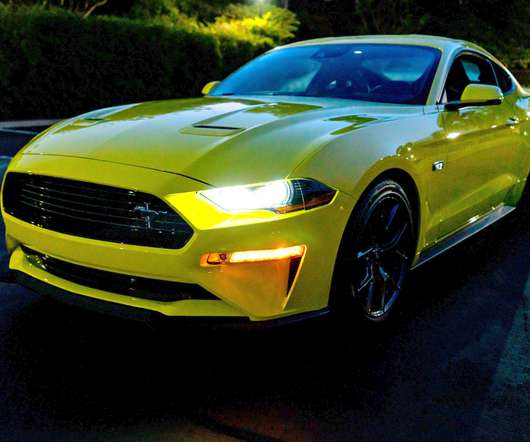
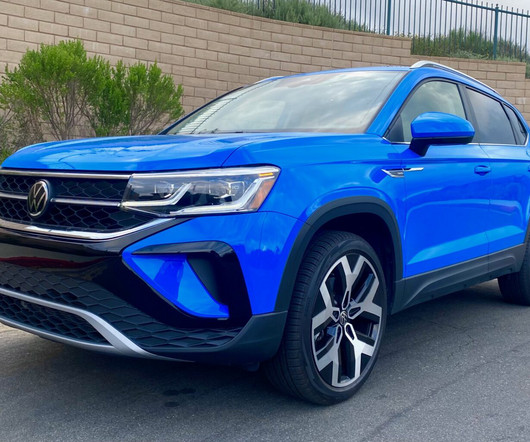







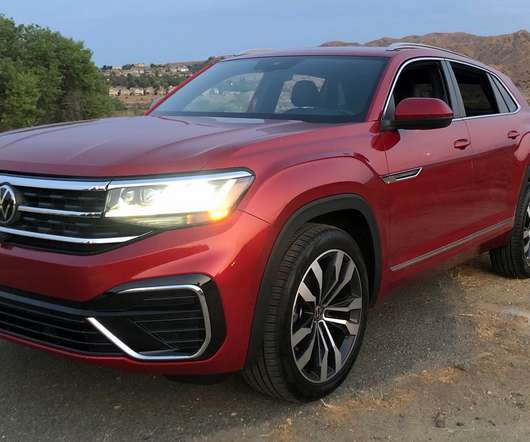
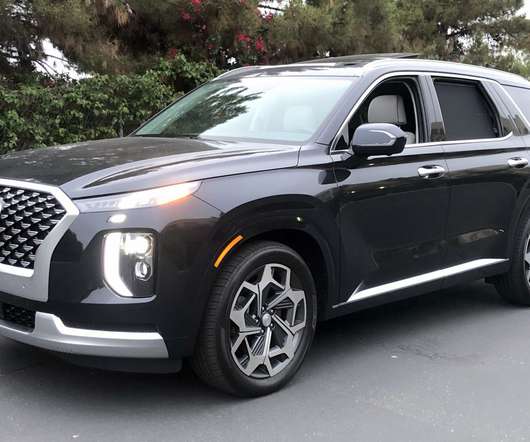
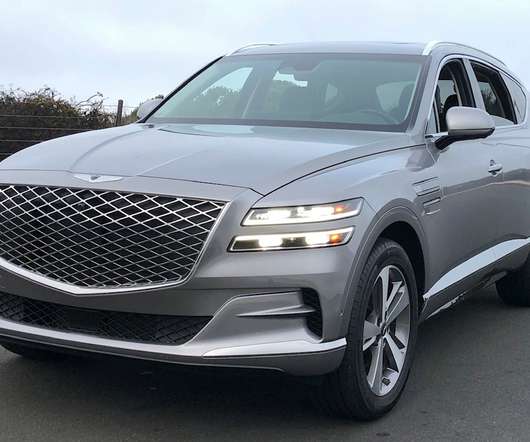
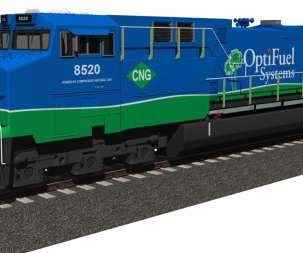









Let's personalize your content